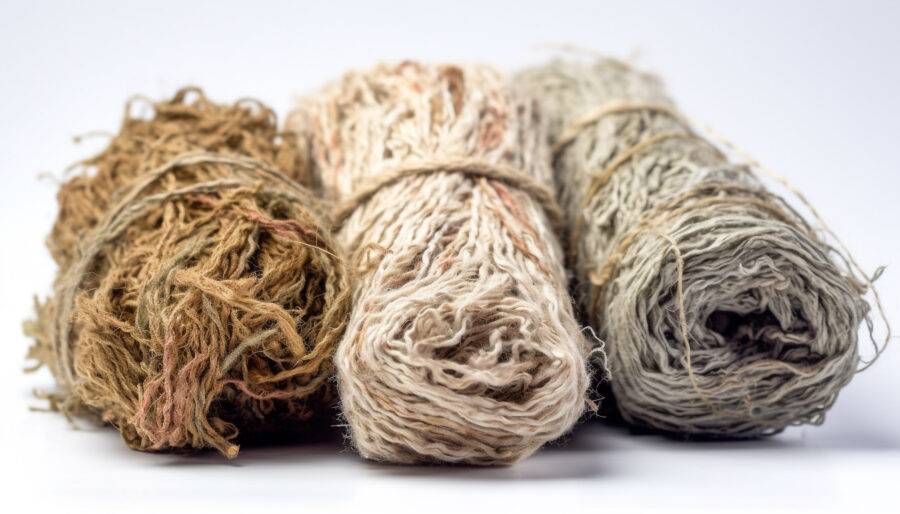Weaving a Sustainable Future: The Rise of Bio-Based Synthetic Fibers

In the dynamic landscape of textiles and fashion, the quest for sustainability has given birth to a new era of innovation. Bio-based synthetic fiber, derived from renewable resources, are emerging as a revolutionary force, offering a sustainable alternative to traditional synthetic fibers. Let’s unravel the story of these eco-friendly threads weaving a path towards a greener future.
1. Understanding Bio-Based Synthetic Fibers:
Bio-based synthetic fiber are created from organic, renewable materials such as plant-based polymers, agricultural waste, or recycled biomaterials. Unlike conventional synthetic fibers derived from fossil fuels, bio-based alternatives present a more environmentally friendly option for the textile industry.
2. Types of Bio-Based Synthetic Fibers:
a. Polylactic Acid (PLA) Fibers:
Derived from fermented plant sugars, typically sourced from corn or sugarcane, PLA fibers offer a biodegradable and compostable alternative. These fibers find applications in various textiles, from activewear to packaging materials.
b. Tencel (Lyocell) Fibers:
Produced from sustainably sourced wood pulp, Tencel fibers are known for their softness, breathability, and moisture-wicking properties. These fibers are commonly used in the production of comfortable and eco-friendly clothing.
c. Soy-based Fibers:
Soy fibers are crafted from the byproducts of soybean processing. These fibers exhibit natural moisture-wicking and anti-bacterial properties, making them suitable for activewear and undergarments.
d. Recycled PET (rPET) Fibers:
While not directly plant-based, recycled PET fibers are considered bio-based as they are derived from post-consumer recycled plastic bottles. This process helps reduce plastic waste and lessen the environmental impact of synthetic fibers.
3. Environmental Advantages:
a. Reduced Carbon Footprint:
Bio-based synthetic fiber contribute to a significant reduction in carbon emissions compared to traditional synthetic fibers. The use of renewable resources helps mitigate the environmental impact associated with the extraction and processing of fossil fuels.
b. Biodegradability:
Certain bio-based fibers, such as PLA and Tencel, are biodegradable, meaning they break down naturally over time, reducing the persistence of synthetic materials in the environment.
c. Resource Efficiency:
The production of bio-based fibers often requires less energy and water compared to conventional synthetic fibers, promoting resource efficiency in the textile manufacturing process.
4. Applications Across Industries:
Bio-based synthetic fiber find versatile applications in the textile and fashion industries. From clothing and accessories to home textiles and industrial applications, these sustainable fibers cater to a broad spectrum of consumer and industrial needs.
5. Challenges and Innovations:
While bio-based synthetic fiber present a promising solution, challenges such as cost, scalability, and performance in certain applications need to be addressed. Ongoing research and innovations in processing techniques and material combinations aim to overcome these challenges, paving the way for broader adoption.
6. Consumer Shift Towards Sustainable Fashion:
As consumers increasingly prioritize sustainability, the demand for eco-friendly textiles is on the rise. Brands and manufacturers incorporating bio-based synthetic fiber into their product lines align with this growing consumer consciousness and contribute to a more sustainable fashion industry.
Read More from our latest study on Bio-based Synthetic Fibers Market and its applications.
Conclusion:
The emergence of bio-based synthetic fibers marks a transformative moment in the textile and fashion landscape. As innovation continues to flourish, these sustainable fibers weave a narrative of responsible consumption, environmental stewardship, and a commitment to shaping a more sustainable and resilient future.
– Analyst Team
IHR Insights
inquiry@ihrinsights.com

